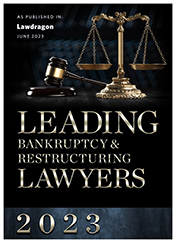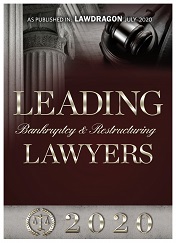Lien and Transfer Avoidance in Connection with Marital or Family Obligations
The Bankruptcy Code contains a number of provisions empowering the trustee, the debtor, or both to avoid various types of liens and other prebankruptcy transfers of the debtor's property. The Bankruptcy Code definition of ''transfer'' includes creation of a lien. The Bankruptcy Code allows the trustee or debtor to nullify or undo prior transactions in order to promote the dual bankruptcy policies of equity among creditors and a fresh start for debtors.
The effect of the avoiding power is to take property or a property interest from a creditor. Sometimes the effect of the avoiding power is to take property or a property interest from another party who may have acquired it in a manner that was perfectly valid absent the bankruptcy. That property or property interest is then made part of the bankruptcy estate available to all unsecured creditors on an equal basis. Alternatively, in some cases, the property is returned to an individual debtor as part of the exempt property, which may be retained in order to foster his or her fresh start.
Prior to 2005, prebankruptcy transfers of property or liens acquired in marital settlement agreements were potentially vulnerable to the avoiding powers of the trustee or debtor. Liens obtained in property settlement agreements could be invalidated, leaving their holders in the position of being no more than general unsecured creditors in the bankruptcy case. Under the Bankruptcy Abuse Prevention and Consumer Protection Act of 2005, all marital property settlement obligations not in the nature of support are nondischargeable and the bankruptcy court no longer has exclusive jurisdiction over the dischargeability of such debts.
The use of avoiding powers may sometimes be a planned aspect of a marital settlement when one or both of the spouses file a bankruptcy case. By eliminating liens or other prebankruptcy transfers of property to third parties, the spouses may increase the total pool of property to be divided upon dissolution of the marriage.
Copyright 2012 LexisNexis, a division of Reed Elsevier Inc.






